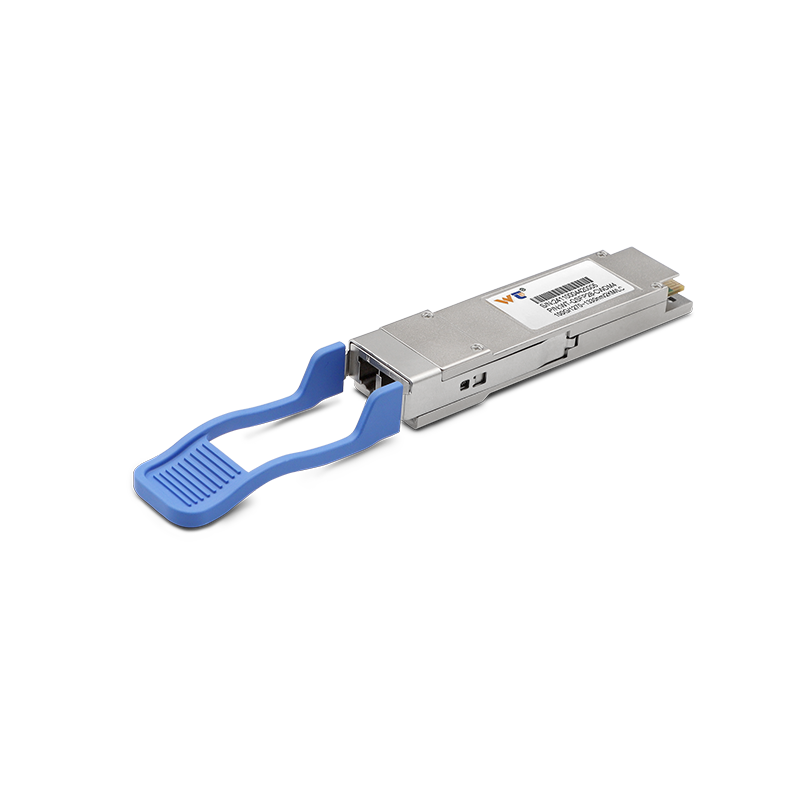In recent years, the demand for efficient optical communication solutions has surged, largely due to increasing passenger density in rail transit systems. By 2025, it is anticipated that cities will witness a critical need for enhanced data transmission speeds and reliability, with 100G optical modules leading the charge to address these challenges.
Our optical modules represent cutting-edge technology. These high-performance modules offer a comprehensive range from 155 Mbps to 1.6 Tbps. The transition to 100G modules is not just a step forward; it’s a leap necessary to ensure the seamless operation of crowded transit systems. This acceleration in optical communication stems from the need for better bandwidth and latency performance in environments where large numbers of passengers rely on real-time information and connectivity. The market is evolving, with industries increasingly viewing optical modules as the foundation of their future networks.
| Technology | Functionality |
|---|---|
| Gigabit Optical Modules | Data transmission at speeds like 1G and 10G |
| High-Speed Optical Modules | Enhanced capabilities with speeds of 25G, 40G, and 100G |
| Ultra-High-Speed Optical Modules | Leading-edge transmission speeds of 400G, 800G, and 1.6T |
In practical terms, our optical modules are at the forefront of research and application within the rail transit realm. The implementation of 100G modules helps to not only improve passenger information systems but also facilitate smoother operations for train control systems. For example, numerous rail operators are integrating these modules into their existing infrastructure to enable high-speed data communication, ensuring that passenger information displays are accurate and timely.
The operational enhancements provided by our 100G modules will dramatically improve communication across a network of trains and infrastructure. They support real-time data exchange, enabling critical systems such as train scheduling and signaling to operate efficiently, even during peak hours of passenger traffic. Furthermore, offering managed services through these optical modules can help optimize bandwidth allocation, adaptively responding to fluctuations in data demand.
As 2025 approaches, several types of optical module technologies will play significant roles in rail transit networking. Typical types include 100G DWDM (Dense Wavelength Division Multiplexing), which offers increased capacity over existing fiber optic networks, and 25G and 400G modules, designed for rapid data transmission. Each type is tailored to specific applications, ensuring compatibility with transport protocols and enhancing overall system efficiency. The focus now lies on optimizing network architecture to support the growing need for connectivity and data exchange.
Looking forward, notable networking cases using optical modules in rail transit systems will emerge. For instance, the integration of 100G optical modules with IoT devices can facilitate advanced passenger information systems that leverage real-time data. This configuration not only enhances passenger experiences but also provides operators with valuable insights into service efficiency and performance metrics. Real-life implementations will showcase how 100G technology enhances safety and operational efficiencies, demonstrating its necessity in today’s constantly evolving transit landscape.
We've ensured that our optical module products undergo rigorous quality testing, positioning them to excel in various applications. Whether you're facing challenges with high-speed data transmission or long-distance communication, our optical modules are designed to meet your specific needs. With superior performance in diverse operational scenarios, they represent the pinnacle of modern optical communication solutions.
In conclusion, the advancements in optical module technology are transforming the landscape for rail transit systems. As we strive to meet the growing demands of passenger connectivity and operational excellence by 2025, embracing 100G optical modules will be instrumental in ushering in a new era of reliability and efficiency. By prioritizing quality and performance, we pave the way for safer, faster, and smarter transportation systems.






